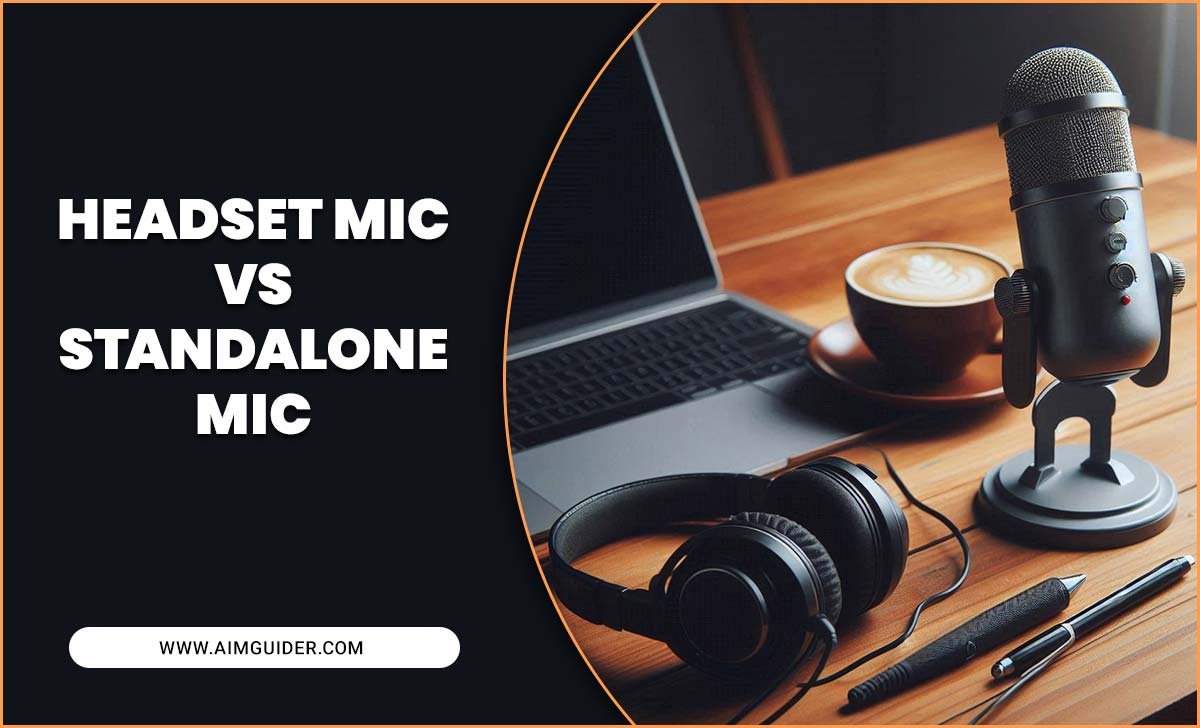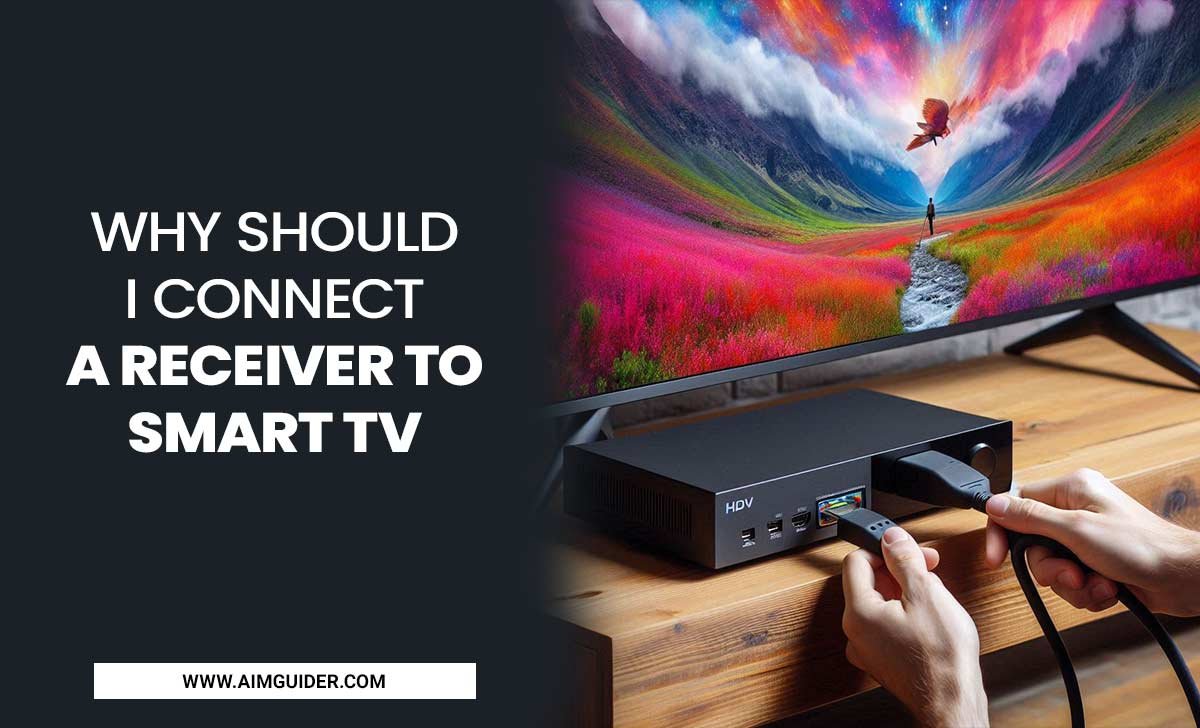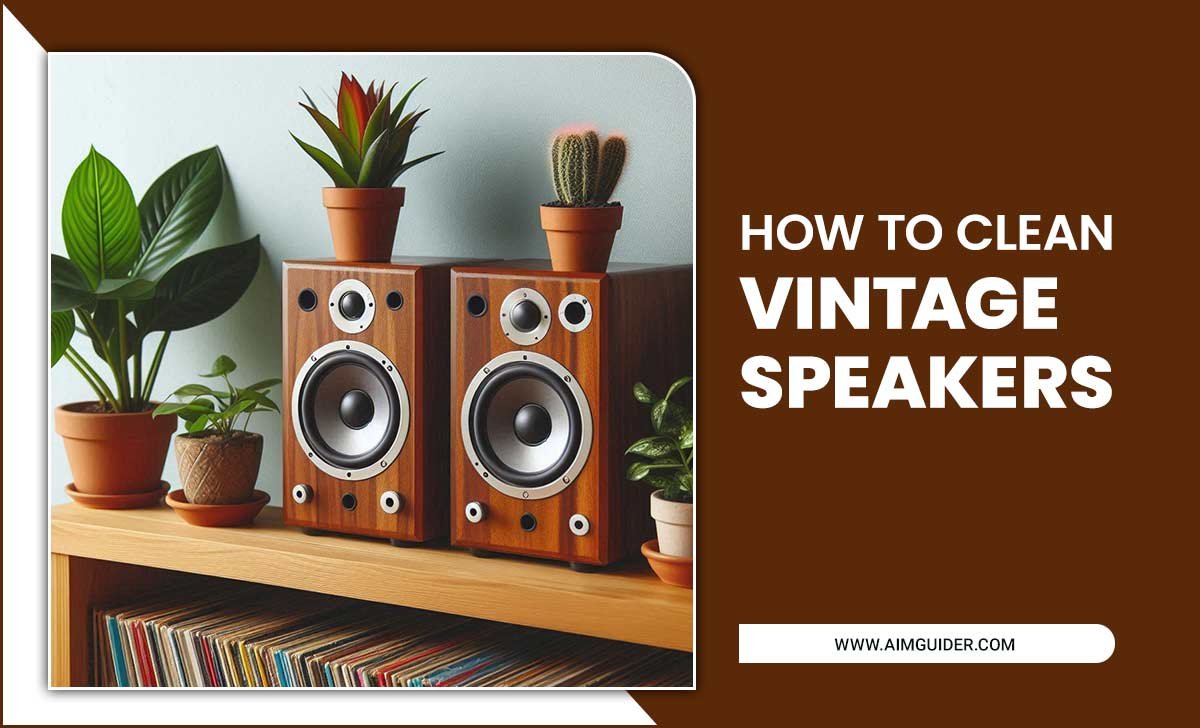Have you ever thought about how to wall mount a TV safely? It sounds simple, right? But many people run into problems when they try to do it themselves. Imagine finally getting that huge TV you always wanted. You set it up, but then you worry it could fall. That’s a scary thought!
In this article, we will explore how to wall mount a TV safely. We will compare different methods and tools. Some ways are easier, while others are safer. You may even be surprised by what you learn.
Do you know that a poorly mounted TV can cause accidents? This has happened to many families. They thought they did it right, but their TV ended up on the floor. We want to help you avoid that! Let’s dive into the best ways to wall mount your TV safely.
How To Wall Mount Tv Safely: A Comprehensive Comparison

How to Wall Mount a TV Safely: Key Points
When it comes to wall mounting your TV safely, knowing your options is essential. Consider the type of wall mount that fits your space and TV size. Always use proper tools and follow safety guidelines to avoid accidents. Did you know that the wrong mount can damage your wall? It’s also important to check for wall studs for better stability. Understanding these steps will help you achieve a neat and secure setup for your entertainment area.
Choosing the Right Location
Factors to consider: viewing height, distance from seating, and glare. Tips for measuring and marking the wall for alignment.
Finding the perfect spot for your TV is key to enjoying your shows. First, think about viewing height. The center of the screen should be at eye level when you sit. Next, consider the distance from seating. A good rule is about 1.5 to 2.5 times the screen size for best clarity. Lastly, check for glare. Make sure windows don’t create annoying reflections. Use a tape measure to mark spots on the wall. A level will help keep everything straight.
What is the best height for wall mounting a TV?
The best height for wall mounting a TV is around42 to 48 inches from the floor to the center of the screen. This height keeps the screen within your line of sight when sitting.
Important Factors to Consider:
- Viewing height
- Distance from seating
- Glare from windows
Tools and Materials Needed
Essential tools: stud finder, drill, level, and screwdriver. Recommended mounting hardware for various wall types.
When wall mounting a TV, you’ll need some important tools. Use a stud finder to locate the strong parts of your wall. A drill will help create holes for screws. Make sure to have a level to keep your TV straight. A screwdriver is essential for tightening the screws. Depending on your wall type, you may need different mounting hardware.
- For drywall: Use anchors
- For concrete: Use masonry screws
- For wood: Use only screws
What hardware do I need for different wall types?
You need different hardware based on your wall. For drywall, use anchors. For concrete, use masonry screws. For wood, just use screws. Each type keeps your TV safe and secure on the wall.
Safety Precautions Before Mounting
Importance of checking wall integrity and stud locations. Tips on securing cables and preventing accidents.
Before you start your wall-mounting adventure, check your wall’s strength like a loyal sidekick! Make sure it can handle the weight of your TV. Find the studs, those hidden wooden heroes behind the drywall, and use a stud finder. They’ll keep your TV from going on a wild ride off the wall. Also, don’t let loose cables turn into trip wires. Keep them neat and tucked away. Safety first—or else your TV might feel like a stunt double!
| Safety Tips | Description |
|---|---|
| Wall Integrity | Check if the wall is strong enough to hold the TV. |
| Stud Locations | Find the wooden studs to ensure a secure mount. |
| Cable Management | Keep cables organized to prevent accidents. |
Step-by-Step Installation Process
Detailed instructions for mounting the bracket to the wall. Guidance on attaching the TV to the mount securely.
Let’s make your TV mount adventure a breeze! Start by finding a sturdy wall stud with a stud finder. This is crucial, like finding a needle in a haystack but way more fun! Next, hold the bracket to the wall where you want your TV to hang. Mark drill holes and remember: measure twice, drill once! After that, attach the bracket snugly to the wall using screws.
Once that’s done, it’s time for the big reveal! Lift your TV and align it with the bracket. Give it a gentle push until you hear a satisfying click. Trust me, it sounds better than dessert after dinner! Finally, double-check everything is tight and secure. Congrats! You’ve just turned your wall into a TV masterpiece!
| Step | Action |
|---|---|
| 1 | Find wall studs |
| 2 | Mark holes for drilling |
| 3 | Attach the bracket to the wall |
| 4 | Lift TV and align with bracket |
Common Mistakes to Avoid
Listing frequent errors like improper measurements and inadequate weight support. Best practices to ensure a safe and secure installation.
When mounting your TV, avoid some common blunders to keep things safe and sound. First, check your measurements—hanging your TV too high might give it a bird’s-eye view of the couch! Next, ensure your wall mount can support the TV’s weight. Not all mounts are created equal. Using the wrong screws or anchors can lead to a sad ending. Follow best practices like reading installation guides, and remember, if it seems tricky, don’t hesitate to call for help!
| Common Mistakes | Best Practices |
|---|---|
| Improper Measurements | Double-check height and width |
| Inadequate Weight Support | Use a mount that fits your TV’s weight |
| Wrong Screws or Anchors | Use recommended hardware |
| Ignoring the Instructions | Read the manual before starting |
Post-Mounting Adjustments and Testing
How to adjust the TV’s angle for optimal viewing. Tips for ensuring all connections are secure and cables neatly organized.
Adjusting your TV’s angle helps you see movies and shows clearly. Make sure it’s tilted slightly downward for the best view. After adjusting, check the connections. They must be tight to avoid any problems. Keep cables tidy to prevent tangles. This gives a neat look.
- Check for loose cables.
- Hide extra cables behind the TV.
- Test the remote from different angles.
How do you ensure a safe wall-mounted TV?
To keep your wall-mounted TV safe, use proper brackets and check stability regularly.
Never overlook adjustments. They make a big difference. Taking time will lead to a better watching experience. Enjoy your shows without worries!
Frequently Asked Questions
Addressing common queries about wall mounting TVs. Troubleshooting tips for common issues after installation.
Many people have questions after they wall mount their TV. Here are some common queries and simple solutions:
What should I do if my TV is crooked?
If your TV is not straight, check the mounting bracket to ensure it is level. You may need to adjust the screws slightly.
Why does my TV make a buzzing sound?
A buzzing noise can come from electronic interference. Try moving other devices away from the TV. You might also check the cables for damage.
How do I hide the wires?
To hide messy cables, consider using cable covers or a cable management system. This keeps things tidy and safe!
Tips for Troubleshooting:
- Check connections if you experience signal problems.
- Ensure the TV is securely mounted if it feels loose.
Conclusion
In conclusion, wall mounting your TV safely is important for both beauty and safety. Use the right tools and follow instructions carefully. Compare different mounting options to find the best fit for your space. Don’t forget to check weight limits. For more tips and advice, explore guides online or ask professionals. Let’s turn your wall into a TV masterpiece!
FAQs
Certainly! Here Are Five Related Questions On The Topic Of Safely Wall Mounting A Tv:
Sure! When you want to wall mount a TV, first check if your wall is strong enough. You should use special tools like a drill and a level. Make sure you follow the instructions carefully. Ask an adult to help you, so it’s safe and straight. Finally, enjoy watching your favorite shows!
Sure! Please provide the question you want me to answer.
What Are The Essential Tools And Materials Needed For Safely Wall Mounting A Tv?
To safely wall mount a TV, you need a few important tools and materials. First, get a wall mount bracket that fits your TV. You will also need a drill to make holes in the wall. A level helps you make sure the TV is straight. Finally, have a screwdriver and screws ready to secure everything tight.
How Do I Determine The Right Height And Position For My Tv On The Wall?
To find the right height for your TV, sit on your couch. You want the middle of the TV screen to be at your eye level. This usually means hanging it about 42 inches from the floor, but it can change based on your furniture. Make sure to keep it far enough away from bright windows to see it clearly. Check your TV size too; bigger TVs might need to go a bit higher.
What Types Of Wall Mounts Are Available, And How Do I Choose The Best One For My Tv’S Size And Weight?
There are three main types of TV wall mounts: fixed, tilting, and full-motion. Fixed mounts keep your TV flat against the wall. Tilting mounts let you angle the TV up or down. Full-motion mounts let you move the TV side to side and up or down. To choose the right mount, check your TV’s size and weight first. Each mount has a weight limit, so make sure your TV is within that limit. Look for a mount that matches your TV’s size for a snug fit.
How Can I Ensure The Wall I’M Mounting The Tv On Can Support The Weight And Prevent Damage?
To make sure the wall can hold your TV, you need to check a few things. First, look for wooden studs behind the wall. You can use a stud finder to help you. Next, make sure the wall is strong and not made of just drywall. Finally, read the TV’s manual to see its weight and choose the right mount.
What Safety Precautions Should I Take To Avoid Accidents While Installing My Tv Mount?
To stay safe while installing your TV mount, always use the right tools. Make sure to wear safety goggles to protect your eyes. Get help from an adult or a friend when lifting heavy parts. Check for electrical wires in the wall before you drill. Finally, keep the area clear so no one trips.








